Location and dating
It is located in Piazza Alighieri outside the city walls of the historic center. It was built between 1720 and 1743 on a pre-existing church of 1508. Attached to a monastery used as a student of the Order, both structures, the church and the convent, were built and have belonged for many years to the Dominican Fathers .
The church, as we see it today, was completely rebuilt by local workers in the first half of the eighteenth century. Indeed, almost certainly, it was in the very first years of it, if already in 1738 it was reopened to worship. In fact, this is the year that is found in the inscription dedicated to the church engraved on a band supported by two angels and passing behind the emblem of the Dominican order, placed at the crown of the oval of the Virgin of the Graces, on the portal Central: VIRGINI DEIPARAE DIVEQ (ue) / GRATIARVM MARIAE / PRAEDICATORVM ORDO / A FVNDAMENTIS EREXIT AT MDCCXXXVIII.
The pre-existing Church
The pre-existing church had been built just under three centuries earlier, on the ground granted by the University of Galatina in 1464 during the Federico Mezio union.
In 1508 the Preacher Fathers had obtained from the Pope the authorization to found in the province of Terra d'Otranto five new monasteries, among which was also included that, located in S. Pietro in Galatina, which was built in those years, together with the church under the title of Santa Maria della Grazia.
In addition to the many citizens who had endowed the convent of substantial assets, the same University, in 1498, contributed to the increase in the activity of the monastery by granting, in favor of the friars, the collection of the fish duty. This tribute was still in the possession of the Dominican friars, towards the end of the 18th century, as Papadia tells us in his historical Memoirs of the city of Galatina in 1792. The church that was then built, compared to the current one, was smaller than that today and had a six-meter rear facade. This older church, however, had to be already completed, or at least open to worship in 1508, if the same Dominican Fathers, in reconstructing the current one, felt the need to preserve its memory, by inserting it into the wall in building, outside the west side of the same church, a commemorative plaque with the following inscription: B (eatae) DEIPAREQ (ue) MARIAE PREDICATORVM ORDO (h) AVD EXIGVO CVM / LABOR CIVIVM HVIVS VRBIS IMPENSA CONDIDIT TEMPLVM [VET] / 1508 .
Style and Prospect
The prospect of the church with its broad façade, seen from the perspective of the great free expanse of largo Fontana up to the twenties of our century completely devoid of any tree ornamentation, had to appear majestic and impressive, almost a prelude to the solemn rich interior ornamentation. The architectural model, common between the end of the seventeenth century and the beginning of the eighteenth century, is here reworked in original forms. Similarities and stylistic consonances can be found in the parishes of Muro Leccese and San Donato di Lecce, but also in other churches of Salento. And its ornamentation, with the poly-lobed cornices placed on the sides of the portal and with that of the portal itself, reminds us, among others, the parish church of Lequile. Models, these, which always bring us back to a unique inventive idea and the unmistakable architectural style of Lecce Mauro Manieri.
In the particularly rich façade, the Virgin with the Child is highlighted, with the arms of the Dominicans.
Indoor
Even the interior, very rich, with the altars of the eighteenth century, commissioned by the noble families of Galatina, the Zamboi, the Andriani-De Vito, the Mezio, the Tanza, reveals the style and the lesson of the Manieri.
The altars that follow each other in the two side aisles, with a portico, are six: S. Pietro Martire, the Immacolata, the Angelica Militia, in the right aisle; San Domenico, Sant'Antonio and the Annunciation, in the left aisle. On the side walls at the end of the transept are two large monumental altars: the Miracle of Soriano, on the right, and the one dedicated to the church's owner, the Madonna della Grazia, with a splendid wooden statue of the same, on the left.
With the high altar and the valuable eighteenth-century organ, it is already in the apse area.
Among the paintings left in this church are those that illustrate the mysteries that are contemplated in the recitation of the Holy Rosary, all of not large, placed on the altar of the Madonna della Grazia, and those that enrich the furnishing of the altar of the Miracle. Very beautiful, too, the canvas of the Annunciation, placed on the altar by the same title. To admire in particular that made in 1793 by Saverio Lillo, to remember the elevation of Galatina City, which was also in this church, we must instead move to Otranto.
History up to our days
The Order of the Dominicans was suppressed in the Napoleonic age, around the mid 800's the Piarist Fathers took over and established the first public schools, which were characterized in the Convitto Colonna. Subsequently, until the sixties of our century, the convent building, with the history of both institutions operating in it, came to interweave their destinies, was always used as the headquarters of the Convitto Colonna and, at the same time, also to seat of the Gymnasium-Lyceum, entitled to the same 'Pietro Colonna'. This building is currently used as the headquarters of the Pietro Siciliani Municipal Library, the Pietro Cavoti Civic Museum of Art, the Municipal Historical Archive.
Finally, the church of the college is still the seat of the lay Confraternity of the Immaculate, to which the title of Archconfraternity is recognized, this being the first Confraternity to be erected in Galatina in 1580.
Maria Castriota, sister of Ferdinando, and the duchess Adriana Acquaviva, wife of the same duke of Galatina, wished to be buried in this church. The same building also houses the mortal remains of the prince of Bisignano, Nicolò Berardino Sanseverino.
Even in a more recent past, during the Risorgimento, it was also a point of reference and venue for Carbonari meetings and meetings









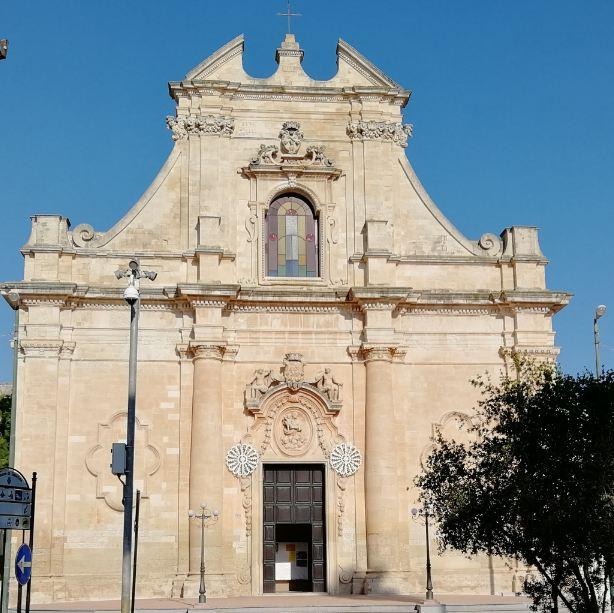
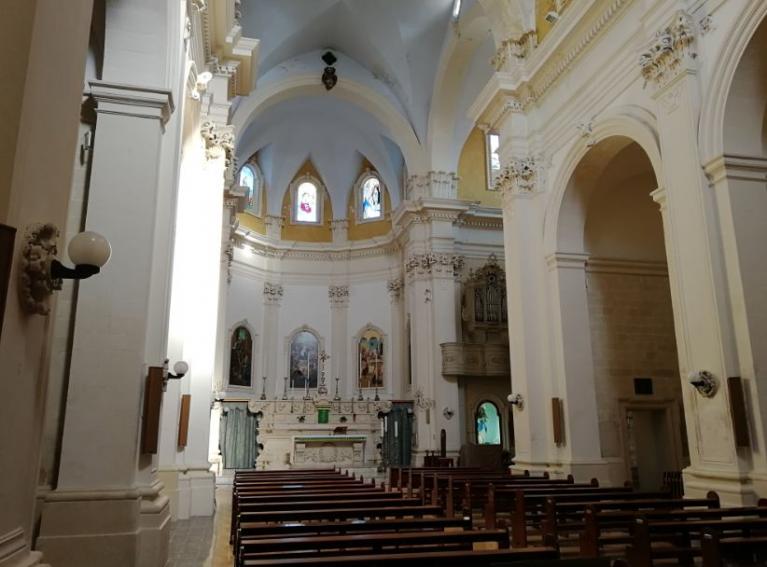
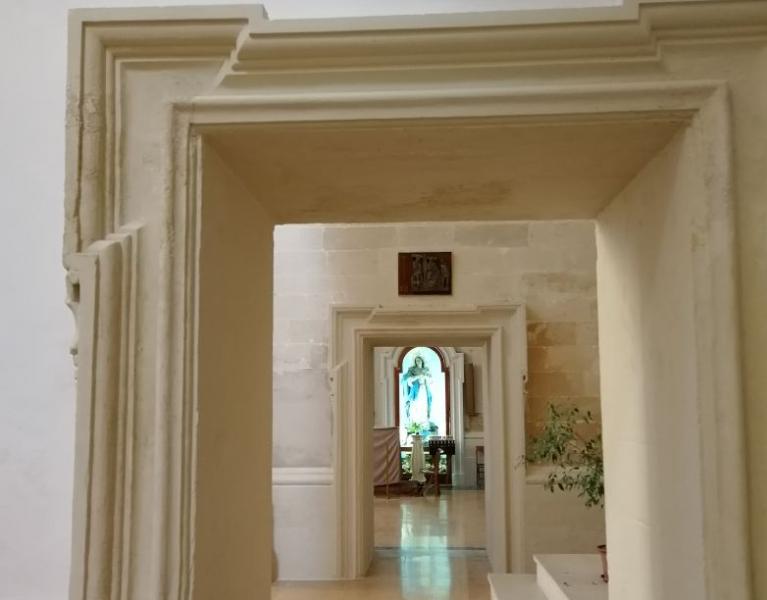
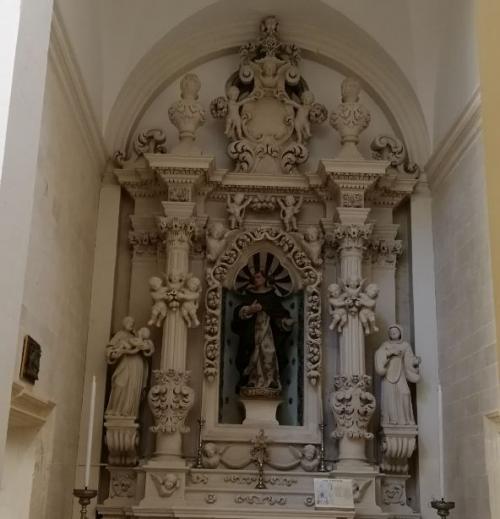
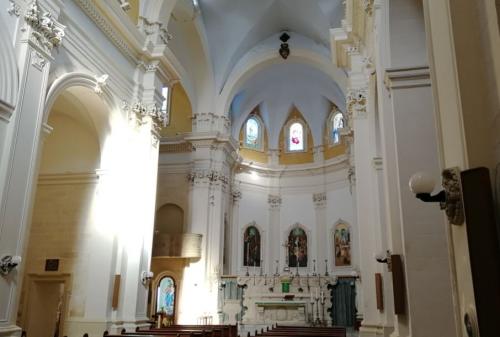
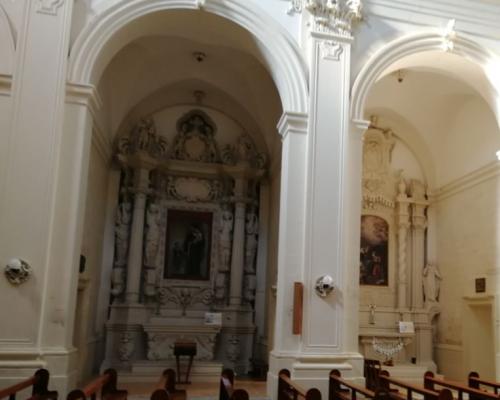
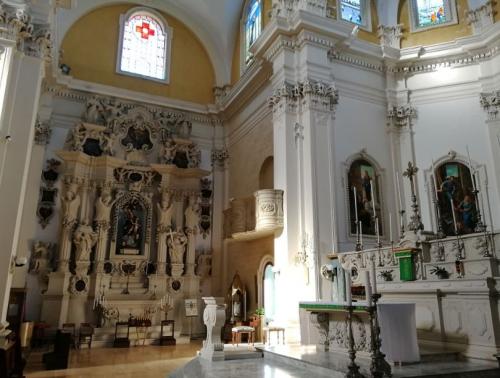
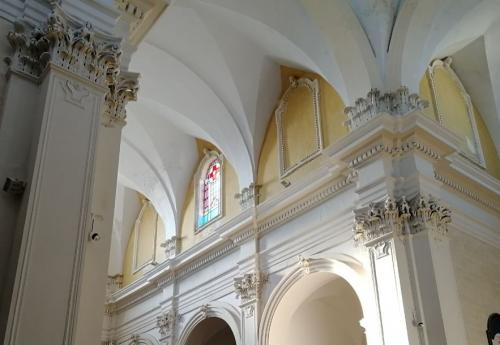
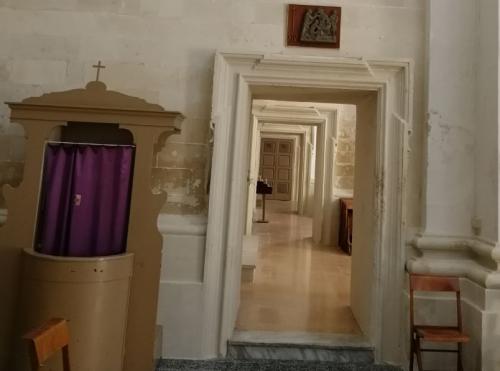
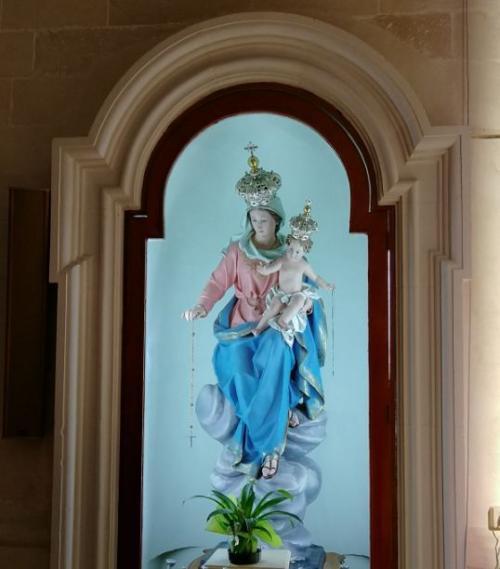
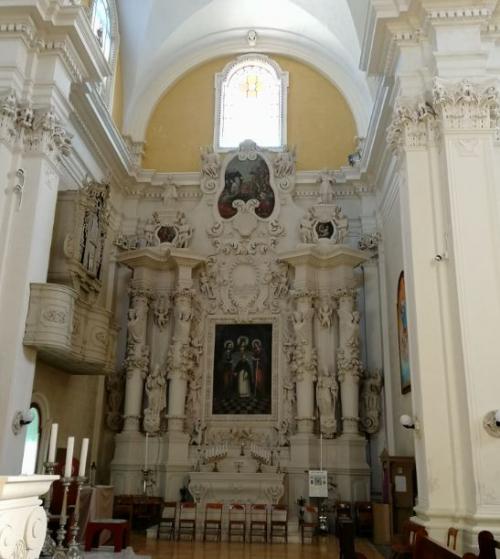
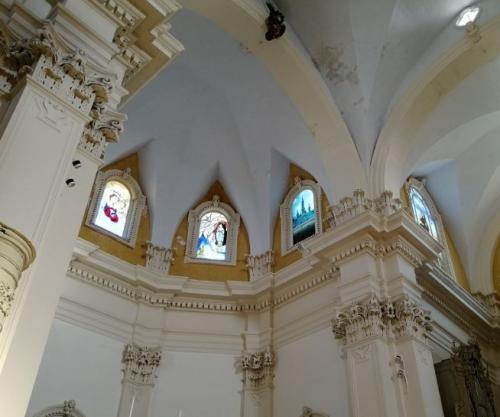
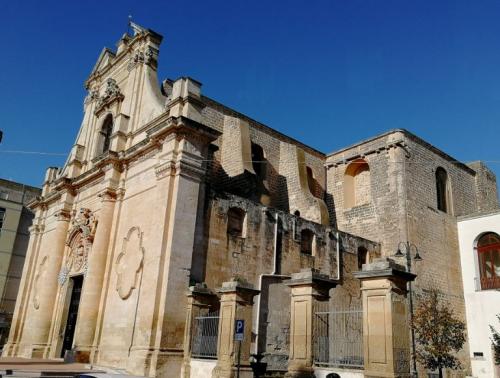



 Join VisitGalatina
Join VisitGalatina